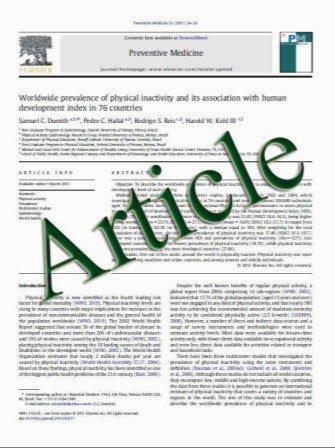Idiopathic Pulmonary Fibrosis—an Epidemiological and Pathological Review
- نوع فایل : کتاب
- زبان : انگلیسی
- مؤلف : Andrea T. Borchers & Christopher Chang & Carl L. Keen & M. Eric Gershwin
- چاپ و سال / کشور: 2011
Description
Idiopathic pulmonary fibrosis (IPF) is an interstitial lung disease (ILD) affecting the pulmonary interstitium. Other forms of interstitial lung disease exist, and in some cases, an environmental etiology can be delineated. The diagnosis of IPF is typically established by highresolution CT scan. IPF tends to have a worse prognosis than other forms of ILD. Familial cases of IPF also exist, suggesting a genetic predisposition; telomerase mutations have been observed to occur in familial IPF, which may also explain the increase in IPF with advancing age. Alveolar epithelial cells are believed to be the primary target of environmental agents that have been putatively associated with IPF. These agents may include toxins, viruses, or the autoantibodies found in collagen vascular diseases. The mechanism of disease is still unclear in IPF, but aberrations in fibroblast differentiation, activation, and proliferation may play a role. Epithelial–mesenchymal transition may also be an important factor in the pathogenesis, as it may lead to accumulation of fibroblasts in the lung and a disruption of normal tissue structure. Abnormalities in other components of the immune system, including T cells, B cells, and dendritic cells, as well as the development of ectopic lymphoid tissue, have also been observed to occur in IPF and may play a role in the stimulation of fibrosis that is a hallmark of the disease. It is becoming increasingly clear that the pathogenesis of IPF is indeed a complex and convoluted process that involves numerous cell types and humoral factors.
Clinic Rev Allerg Immunol (2011) 40:117–134 Published online: 14 September 2010


